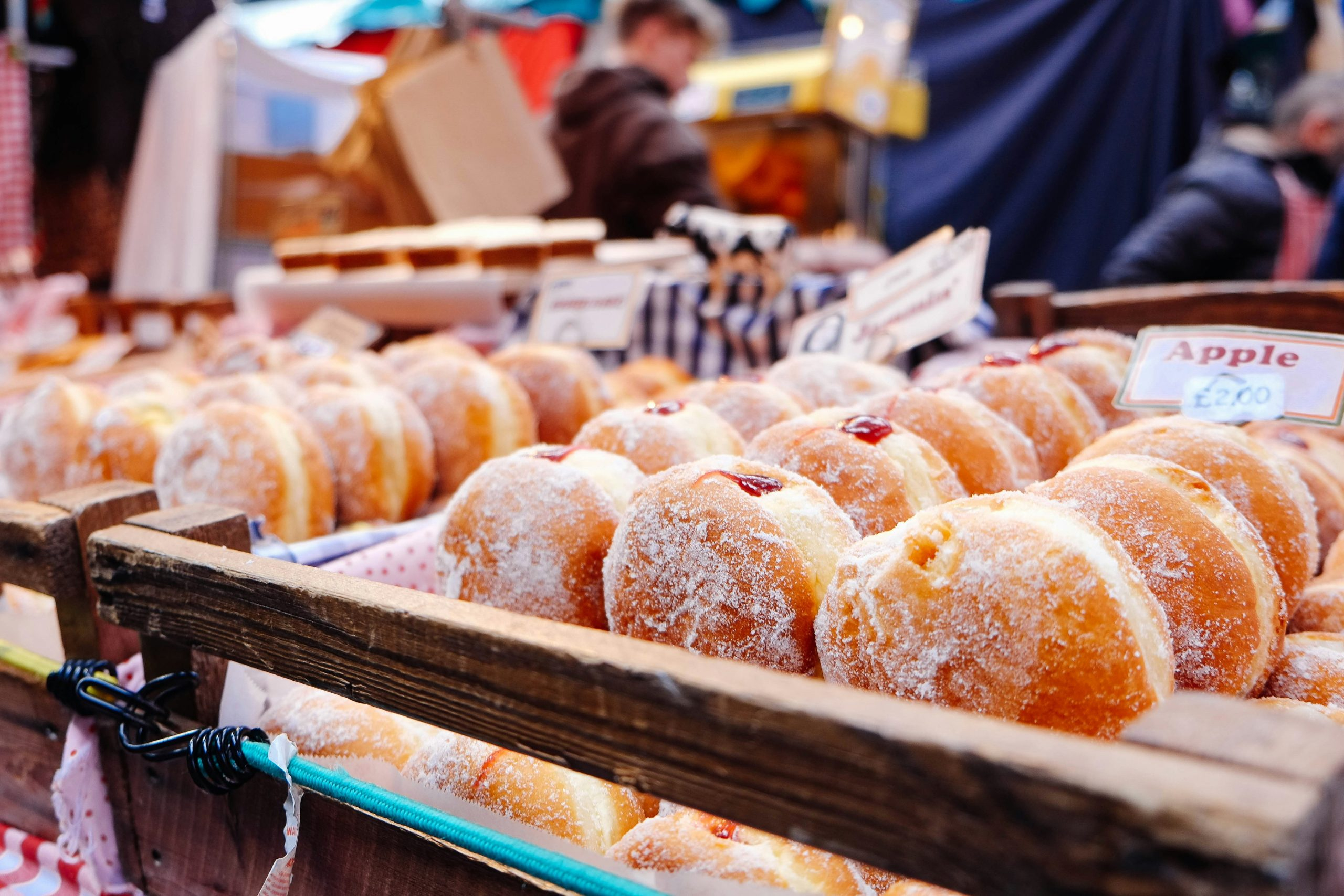Food Safety Predictive Analytics: AI Identifying Risks Before They Occur
In today’s fast-paced world, where food production is at an all-time high and consumer demand for convenience and variety is constantly increasing, food safety has become a critical concern. With numerous cases of foodborne illnesses and contamination, the need for effective solutions to minimize risks and ensure the safety of our food supply is more urgent than ever before. This is where food safety predictive analytics, powered by artificial intelligence (AI), comes into play. By using advanced technologies and data analysis, AI is now able to identify potential risks in the food supply chain before they occur, providing food producers and regulators with crucial insights to prevent disasters.
The Importance of Food Safety Predictive Analytics
Food safety is a complex issue that involves multiple stakeholders including food producers, retailers, regulators, and consumers. With the global food chain getting longer and more intricate, tackling food safety challenges has become a daunting task. Traditional methods of monitoring and inspecting food safety often fall short due to the sheer volume of food production, making it impossible to manually check every product and every step of the supply chain.
However, with the advent of AI, the food industry has gained a powerful tool to not only identify potential risks but also to proactively prevent them from happening. Food safety predictive analytics, also known as risk intelligence, uses advanced algorithms to analyze vast amounts of data collected from various sources, such as food processing plants, farms, supply chain networks, and even social media. This allows for the early detection of potential issues, enabling swift actions to be taken before they escalate into serious problems.
The Role of AI in Identifying Risks
AI has the ability to analyze vast amounts of data in a matter of seconds and identify patterns that humans may not be able to recognize. By continuously learning and adapting, AI algorithms become more accurate and efficient in detecting risks. This helps to identify potential sources of contamination, such as environmental factors, production processes, and supply chain disruptions, before they can cause harm to consumers.
One of the key benefits of using AI for food safety predictive analytics is its ability to monitor risk factors in real-time. With traditional methods, inspections and tests are typically done periodically, leaving a potential window for issues to go undetected. AI constantly collects and analyzes data in real-time, providing real-time alerts and allowing for immediate corrective actions to be taken.
Data-Driven Solutions for Food Safety
Through the use of AI, food safety predictive analytics offers data-driven solutions to address food safety challenges. By analyzing data from various sources, AI can provide insights on potential risks, thereby helping food producers and regulators to make informed decisions and take preventive measures.
AI can also help to optimize food production processes, identifying areas where risks are most likely to occur and suggesting improvements to minimize those risks. This can help to reduce food waste, improve food quality, and ultimately ensure the safety of the food supply chain.
The Future of Food Safety Predictive Analytics
As technology continues to advance, the capabilities of AI in food safety predictive analytics are also expected to evolve. With the rise of the Internet of Things (IoT) and the increasing availability of data, AI is expected to become even more accurate and efficient in identifying risks. Furthermore, with the use of blockchain technology, the entire food supply chain can be transparent and traceable, allowing AI to analyze data from all stages, from production to consumption, and identify potential risks at any point.
In conclusion, food safety predictive analytics, powered by AI, has the potential to transform the way we approach food safety. By utilizing data-driven solutions and real-time monitoring, AI can help to prevent potential risks before they occur, ensuring the safety and quality of our food supply. As technology continues to advance, the role of AI in food safety is only expected to grow, making it a crucial tool for food producers, regulators, and consumers alike.








